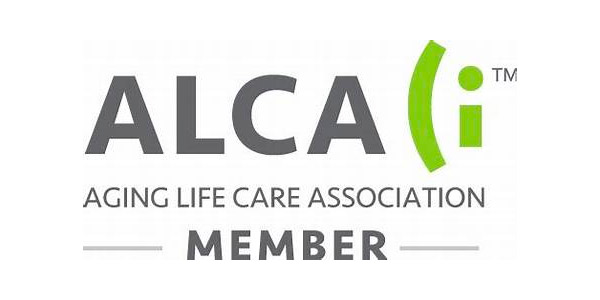How can we foster resilience so that we can have the best quality of life possible?

Fall is a time of transition for those of us in New England. The clock has turned back an hour shortening our days. The weather, though strangely warm, is changing and we know the cold weather is on its way. We are still enjoying the beautiful colors although the leaves are mostly down, but we are getting ready for the starkness of winter. Instead of being out and about we want to stay at home and pull out our stew and soup recipes. While we are in this time of transition, I think about how life is a constant state of change for all of us. Each day, as we work with our clients and their loved ones, we see a wide range of ability to adapt to health and cognitive changes, loss of independence, home, and loved ones. Why are some people more resilient and able to continue to thrive with these changes and others cannot and suffer a poorer quality of life and increased decline?
Regina Koepp PsyD, ABPP, is a clinical geropsychologist and the founder of the Center for Mental Health & Aging. In her article: The Psychology of Aging, published recently in Psychology Today, she states so clearly why some older adults cope better than others: “Resilience offers numerous benefits in older adulthood, countering the often-negative narratives surrounding this life stage. It enables older adults to adapt to changes like retirement or physical limitations, enhancing their capacity to find new meaning and continue thriving. Even among those with chronic illnesses, a resilient disposition leads to better quality of life, mental health, and overall well-being.”
How can we become more resilient and carry that into our later years? Here are Dr. Koepp’s six strategies to build resilience:
- Maintaining Strong Relationships and Social Support. The power of connectedness, akin to the warmth of a close-knit community, cannot be overstated. Regular family gatherings or social outings, and engaging in social groups or online communities, fortify these essential connections.
- Becoming Active in the Community. Community involvement weaves individuals into a supportive tapestry, bolstering personal resilience. Activities like volunteering or joining a community project offer meaningful engagement.
- Maintaining Hopefulness. Keeping hope alive acts as a guiding light. Setting achievable daily goals fosters a sense of purpose and direction.
- Developing Strong Coping Skills. These are essential tools for resilience. Techniques like stress management, meditation, and reflecting on past challenges and triumphs can be incredibly empowering.
- Cultivating Optimism. Seeing the glass as half full, even in challenging times, is vital. Practices like maintaining a gratitude journal help sustain a positive outlook.
- Embracing Positive Thinking and Emotions. Choosing to view life through a lens of positivity and mindfulness enriches our daily experiences, promoting positive emotions and thoughts.
Care Managers know the detrimental effects of isolation, lack of engagement and intellectual stimulation has on our clients. Our care plans are client-centered focused on learning who are clients are in every way and evaluating all the factors that influence their current challenges: cognitive status, physical diagnosis, support system, financial, cultural, and geographic influences. We devise unique and tailored plans to include recommendations that will bring our client’s joy, peace and comfort and are aligned with their goals and wishes. If we can empower our clients, no matter what chronic diseases they face, to participate in their decision making to the best of their ability and make their own choices, we can work toward positive outcomes and increase resilience to life’s transitions.



